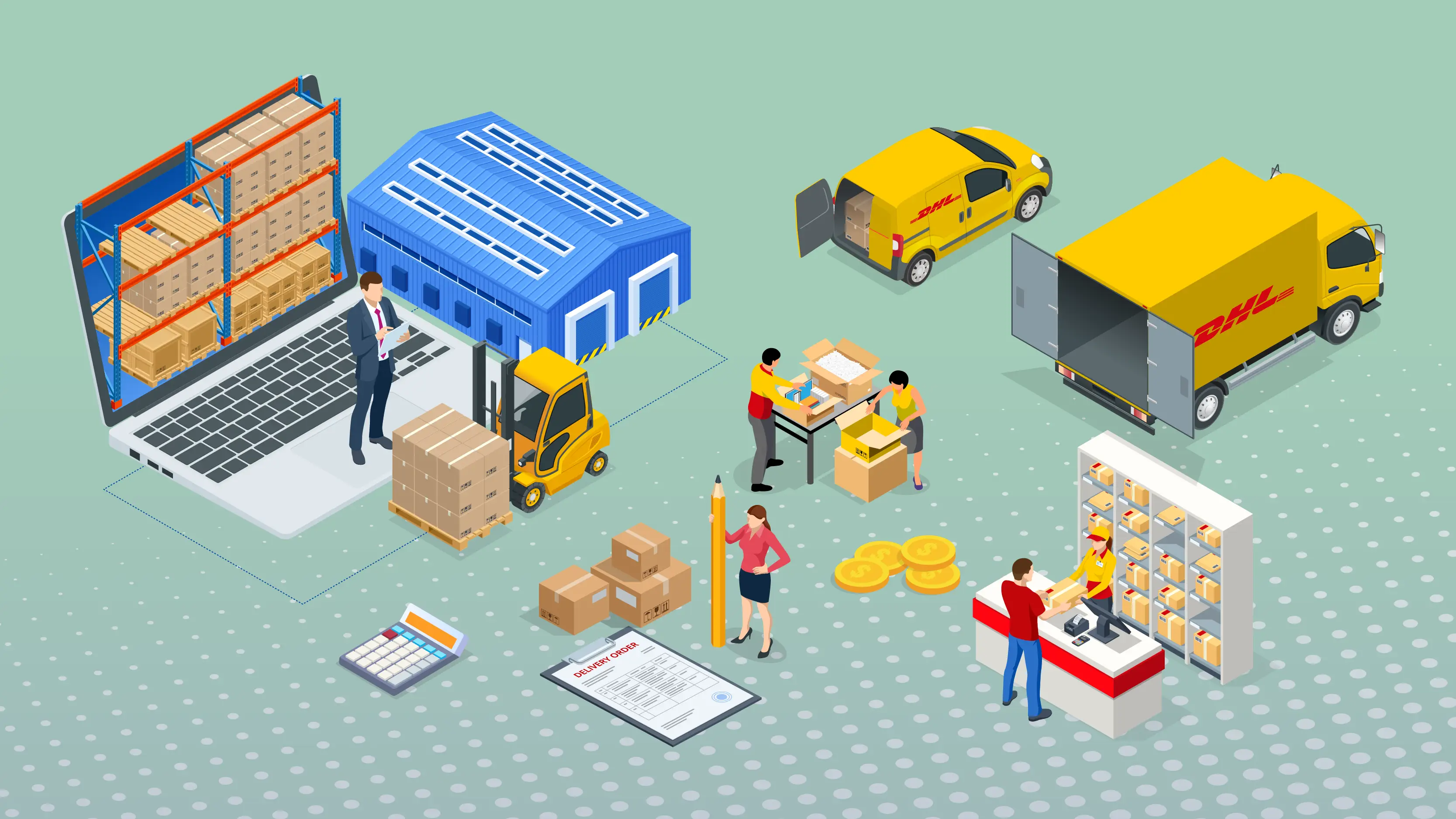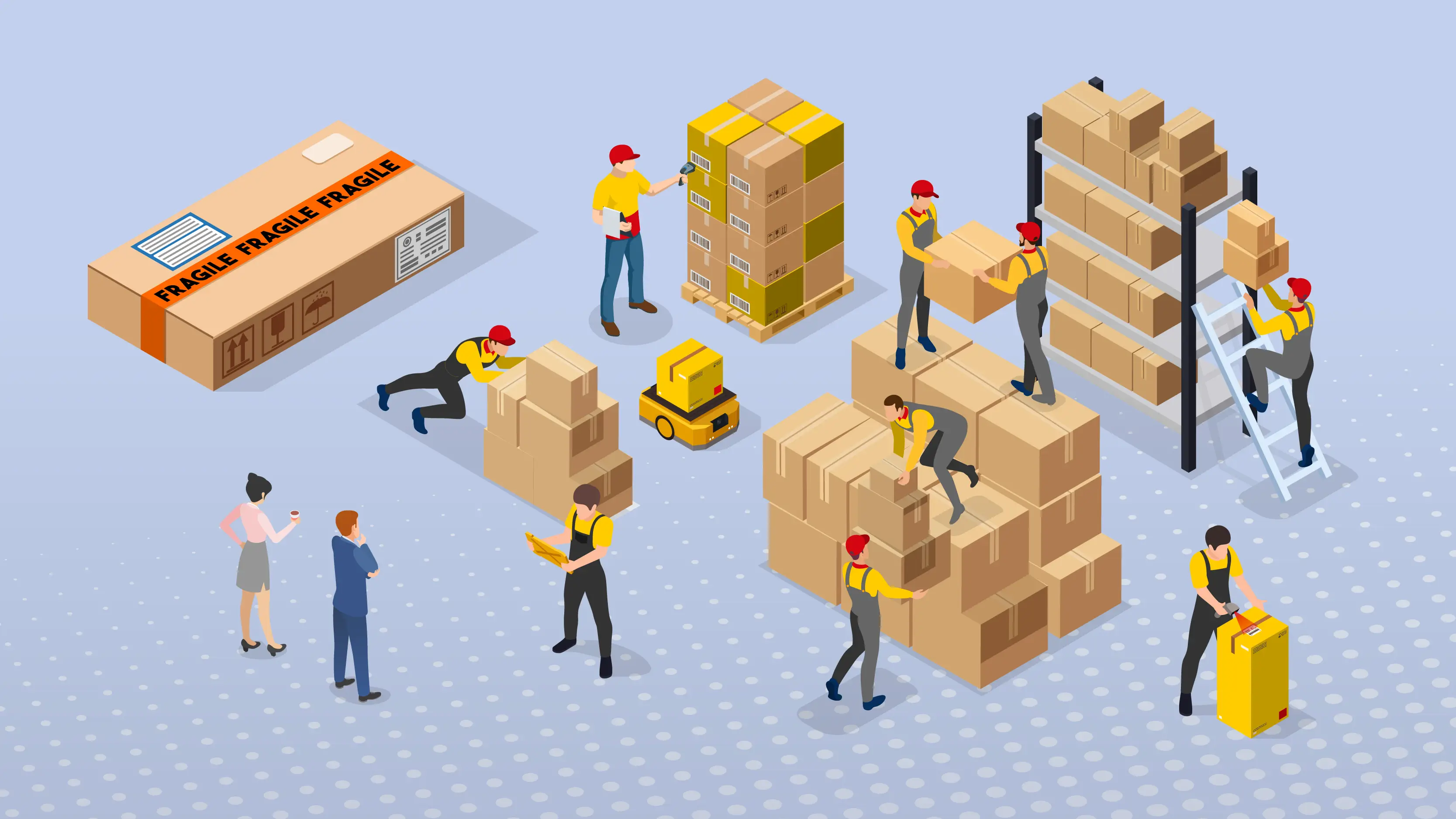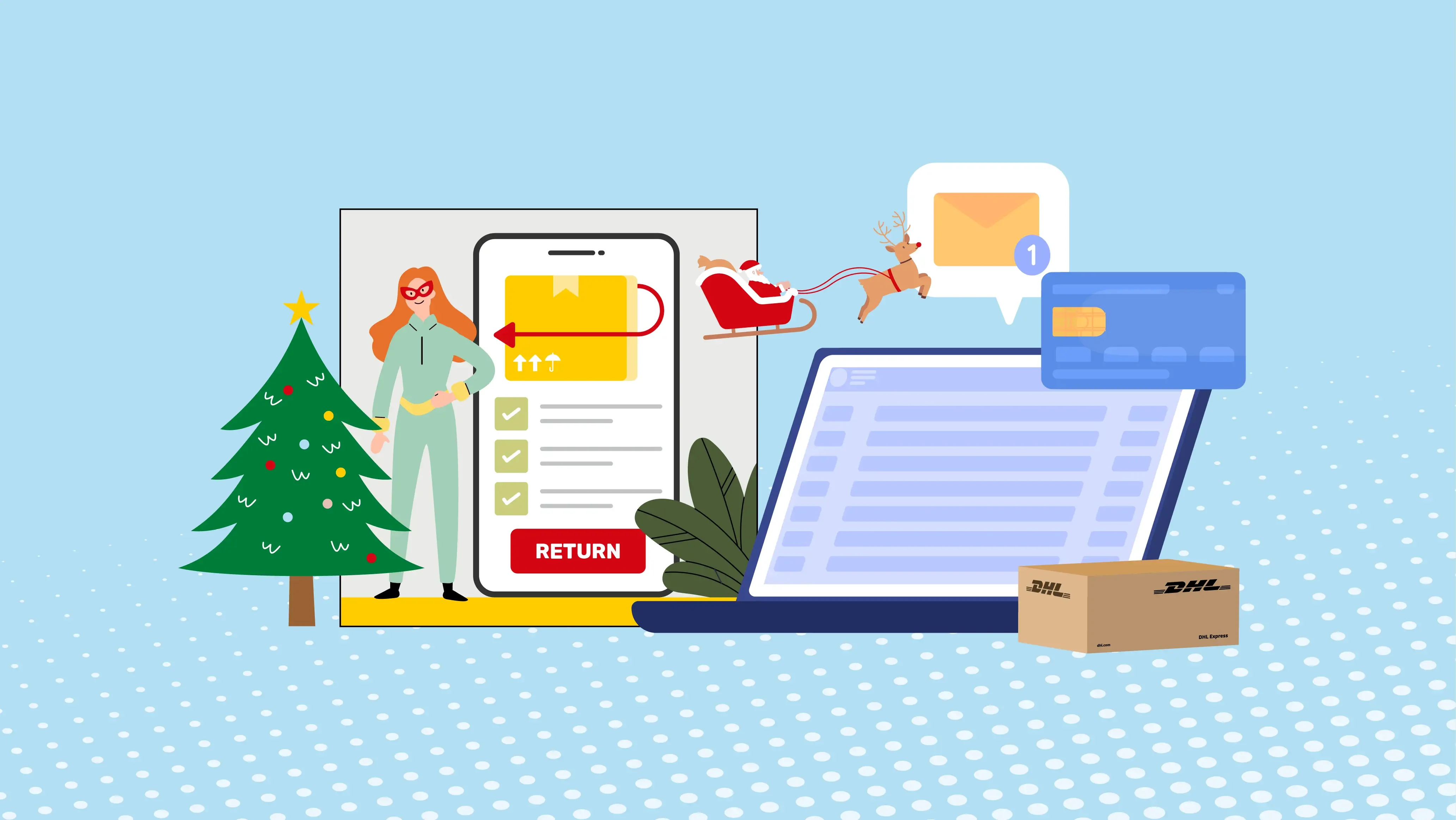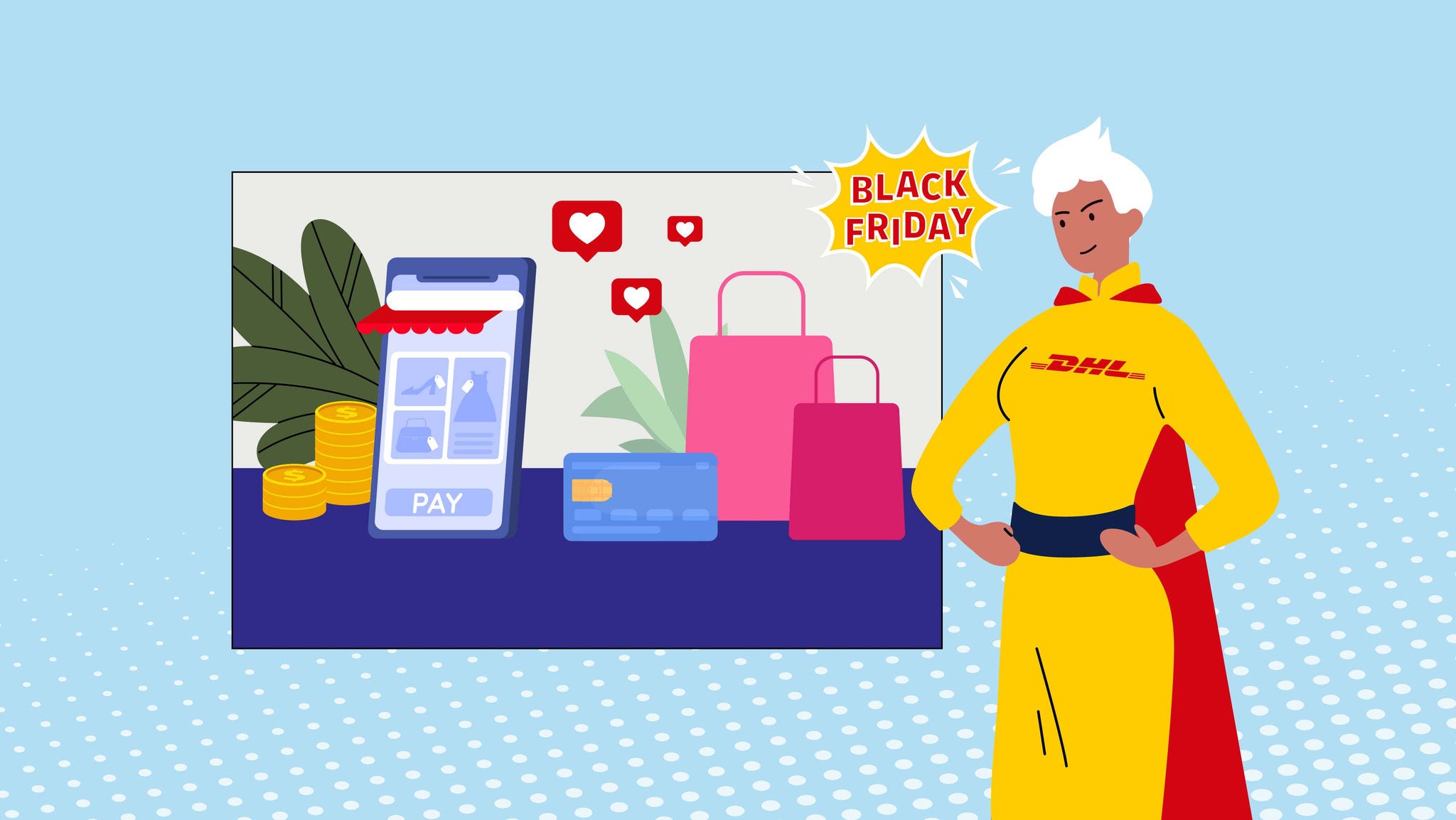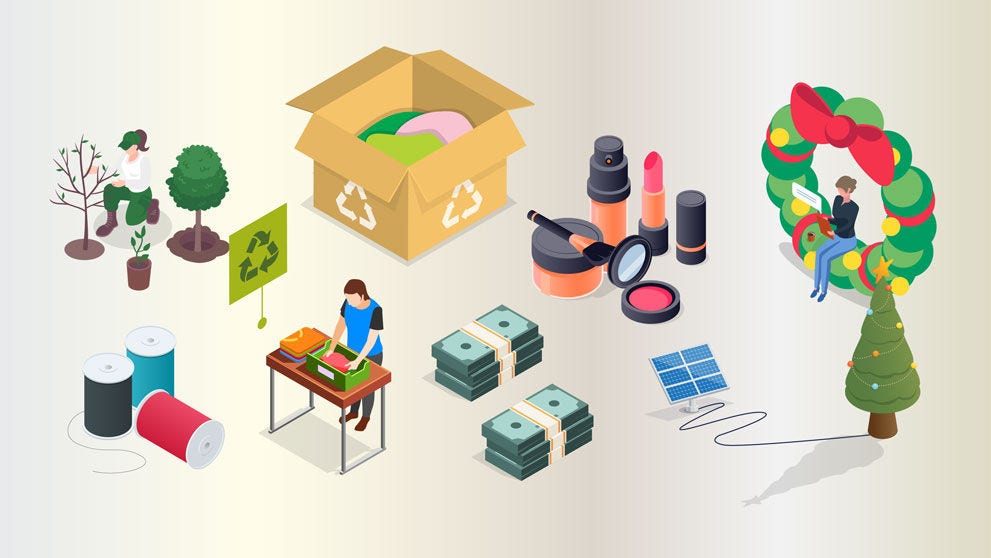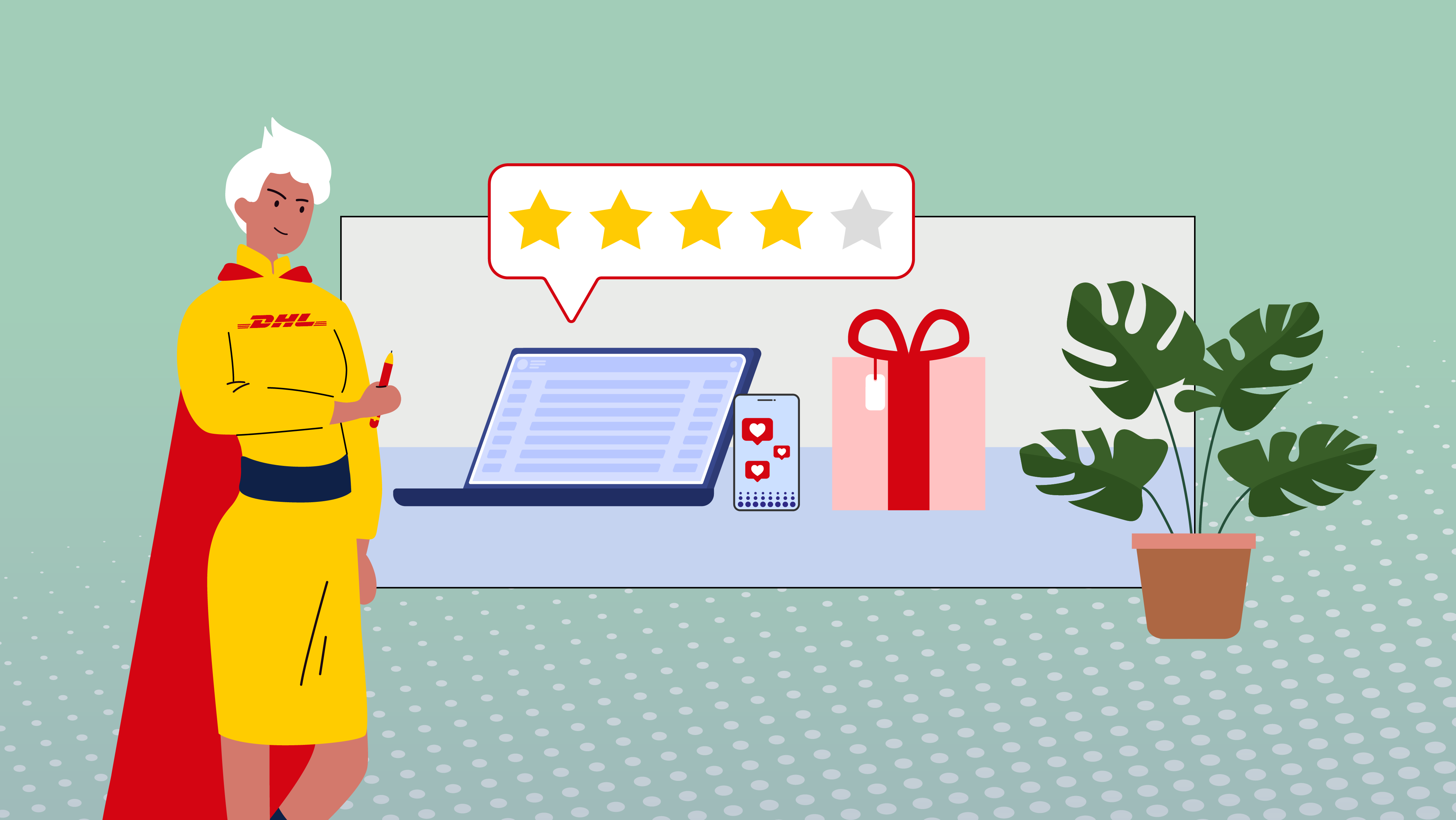
For retailers, both e-commerce and physical stores, Peak Season is the busiest shopping period of the year. Typically kicking off on Black Friday (Friday 29th November this year), it is followed by Cyber Monday (Monday 2nd December), and then Christmas. Furthermore, in recent years, China’s Singles’ Day (Monday 11th November) has also gained momentum not just for those selling in China but across the world. This means it should be in your sale season calendar, too.
Many e-commerce retailers offer deals earlier and earlier each year to cash in on the buzz, so your business should consider preparing for your upcoming deals as soon as possible.
Global online holiday shopping sales reached a staggering US$1.17 trillion in 20233








